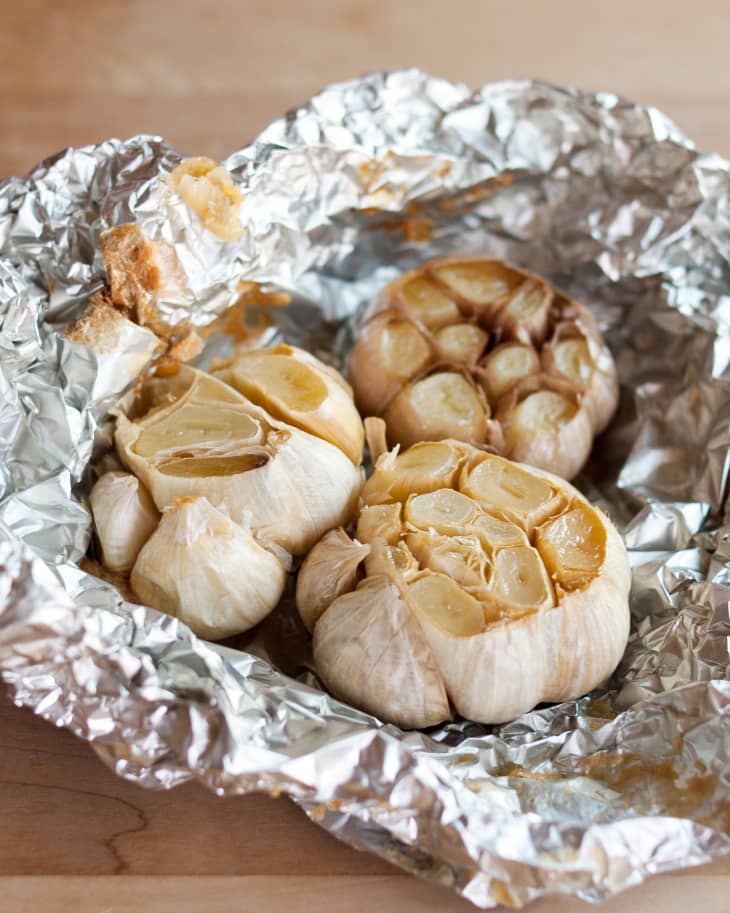These Are the 8 Most American Flavors
When you think “American,” what comes to mind? For many of us, the term evokes archetypal images of Main Street; red, white, and blue; and amber waves of grain. But Sarah Lohman, a historic gastronomist who cooks historic recipes and chronicles her work on the blog Four Pounds Flour, has a new way of looking at what it means to be American. For her new book, Eight Flavors: The Untold Story of American Cuisine, Lohman used Google’s Ngram viewer to narrow down the eight flavors that appear most frequently in American cookbooks from 1796 to 2000.
Make your guesses now, because the flavors may surprise you.
1. Vanilla
According to Lohman, “Vanilla is here thanks to a 12-year-old slave who figured out a botanical secret no one else knew.” The man’s name was Edmond Albius.
2. Black Pepper
In medieval times, black pepper was considered a luxury good and, at one point, accounted for 70 percent of the international spice trade.
3. Chili Powder
“Chili powder spread across the country because of entrepreneurial Texan-Mexican women who fed soldiers and tourists, and a clever German immigrant who was looking for a culinary shortcut,” Lohman writes.
4. Curry Powder
According to Lohman’s research, the U.S. reached peak curry powder in the 1980s.
5. Garlic
According to Lohman’s research, garlic is the most popular of these eight flavors. Fun fact: Garlic has antimicrobial qualities and kills 100 percent of the bacteria it comes in contact with.
6. Soy Sauce
Soy sauce is one of the oldest condiments in the world, originating in China. The first mention of jiang, a meat-based ancestor of soy sauce, appeared in a text from around 300 BC.
7. MSG
MSG hit the market in Japan in 1908 after its discovery by chemist Dr. Kikunae Ikeda. Despite its common association with Chinese restaurants in the United States, MSG was also used widely by American manufacturers of canned and frozen foods, such as Campbell’s Soup Company.
8. Sriracha
The newest flavor of the bunch, Sriracha was only created in 1980 by a Vietnamese immigrant named David Tran. It has since become a wildly popular cultural icon, with sales of over $60 million in 2014. Lohman describes Tran’s venture as a “quintessentially American story.”
“We have to broaden our idea of what an American is,” Lohman said on NPR. She hopes the book is “a successful ode to these people that have affected our history in this country just as much as the establishment, but up till this point, have not gotten the attention they deserved.”
